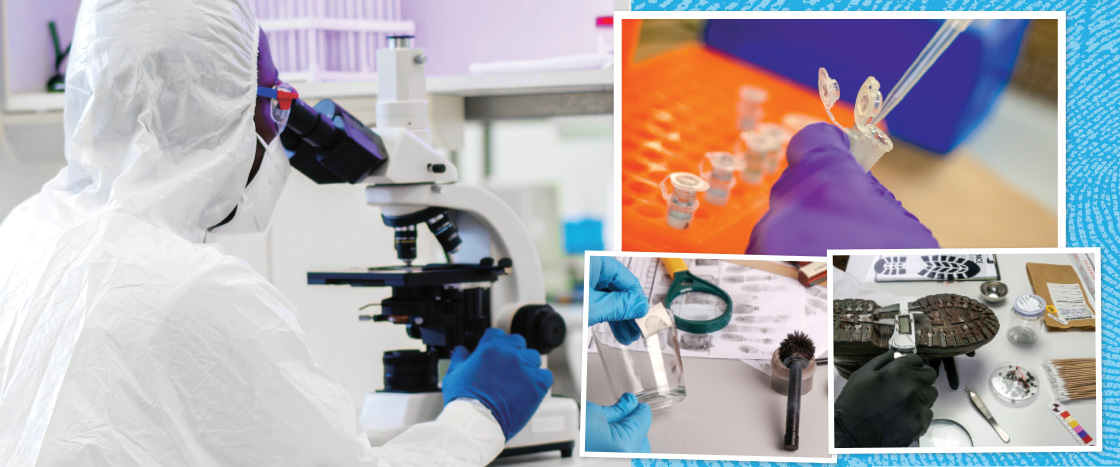ocme.nyc.gov
Craig O’Connor
A half-eaten pizza crust. An empty soda can. A plate of chicken bones. To you, they’re just someone’s leftovers. But to Craig O’Connor, they could hold the secrets to solving a crime.
O’Connor is a forensic scientist. He works at one of the nation’s largest crime labs in New York City. The lab studies evidence from crime scenes. Its findings support the work of the city’s police department and other law enforcement agencies.
O’Connor works on a team with 200 other forensic scientists and investigators. Each year, they receive nearly 10,000 cases! Once they get evidence collected by the police, their goal is to study the evidence, learn important information from it, and help solve the crime. He recently spoke with Scholastic about his work.
A half-eaten pizza crust. An empty soda can. A plate of chicken bones. They might seem like just someone’s leftovers. But not to Craig O’Connor. They could hold secrets to solving a crime.
O’Connor is a forensic scientist. He works at a crime lab. It’s one of the nation’s largest. It’s in New York City. The lab studies evidence from crime scenes. These clues help the police.
O’Connor works on a team. It’s made up of 200 other scientists. They get nearly 10,000 cases a year! Police gather evidence. They send it to the lab. The lab studies the clues. They share what they learn. This can help solve a crime. O’Connor recently spoke with Scholastic about his work.

